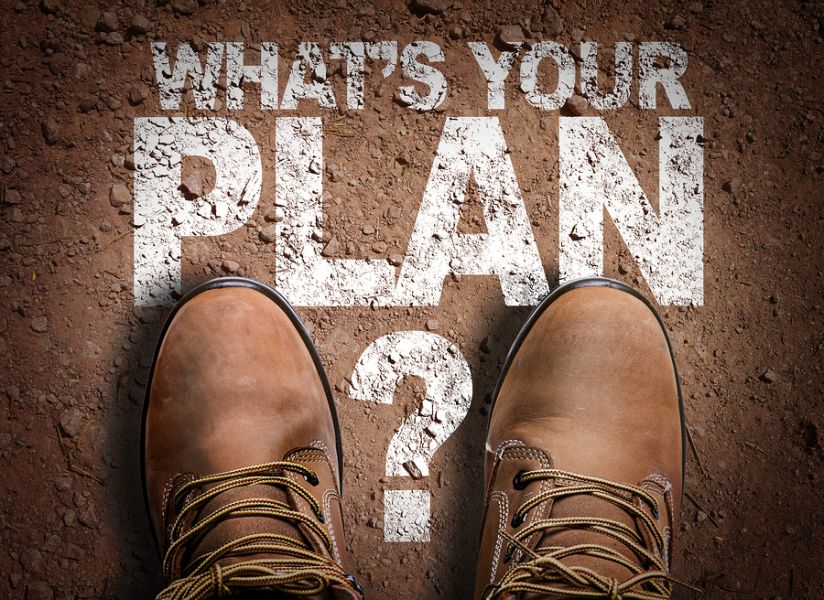Where would you go if disaster struck? While building a bug out bunker may seem extreme, a bunker can keep you and your loved ones secure in an emergency. If you’re interested in building your own bunker, these tips will get you off to the right start.

Find the Right Location
Before you can build a bunker, you’ll have to find a suitable location. You’ll need to keep your bunker a safe distance away from a water table to make sure that flooding isn’t a risk. You’ll also want to read up on local regulations.
You may need to obtain a permit before you can start building a bunker on your property. This is a necessary step even if you live in an area that’s more rural.
Choose a Bunker
After deciding on a location, you’ll need to find a structure that you can use for your bunker. If it’s properly cleaned, a fuel tank can serve as a bunker container. It’s also possible to buy pre-built containers. Shipping containers are another option, but because they don’t have a built-in ventilation system, adjustments will need to be made.
When selecting a bunker, you’ll need to find something that’s the right size for your needs. If you’re buying a pre-built bunker, you may also want to look for an option that offers specific features, such as storage for your valuables.
Dig a Hole
Before you can place a bunker in the ground, you’ll need to dig a hole. The hole will have to be at least two feet deeper than the container that you’re using. That way, you’ll have ample space for an entryway. Before placing your bunker in the hole, you’ll want to line the hole with some sort of gravel.
Since this hole is going to be quite deep, it’s likely that you’ll want to rent heavy machinery for this project. You can dig a deep hole like this by using a backhoe or an excavator. You should make sure that the surface at the bottom of the hole is level when you stop digging.
Make Sure Your Bunker Is Safe
Your bunker is designed to protect you and your loved ones, which is why you’ll want to take every possible precaution to ensure that it’s safe. As mentioned above, you’re going to have to make sure that your bunker has a suitable ventilation system. You’ll also want to stock your bunker with important supplies.
You can connect your bunker to plumbing and electricity sources by using conduit lines and PVC. If you do this, you’ll need to cap the tops of the pipes. Otherwise, you could wind up having issues with clogging. You should periodically monitor the conditions in your bunker to confirm that it will be safe when you need it.
Having a bug out bunker could save your life in an emergency situation. Having access to a bunker could also give you peace of mind. Learn more about building a bunker and what it entails and decide if this is a project that you’d like to move forward with.